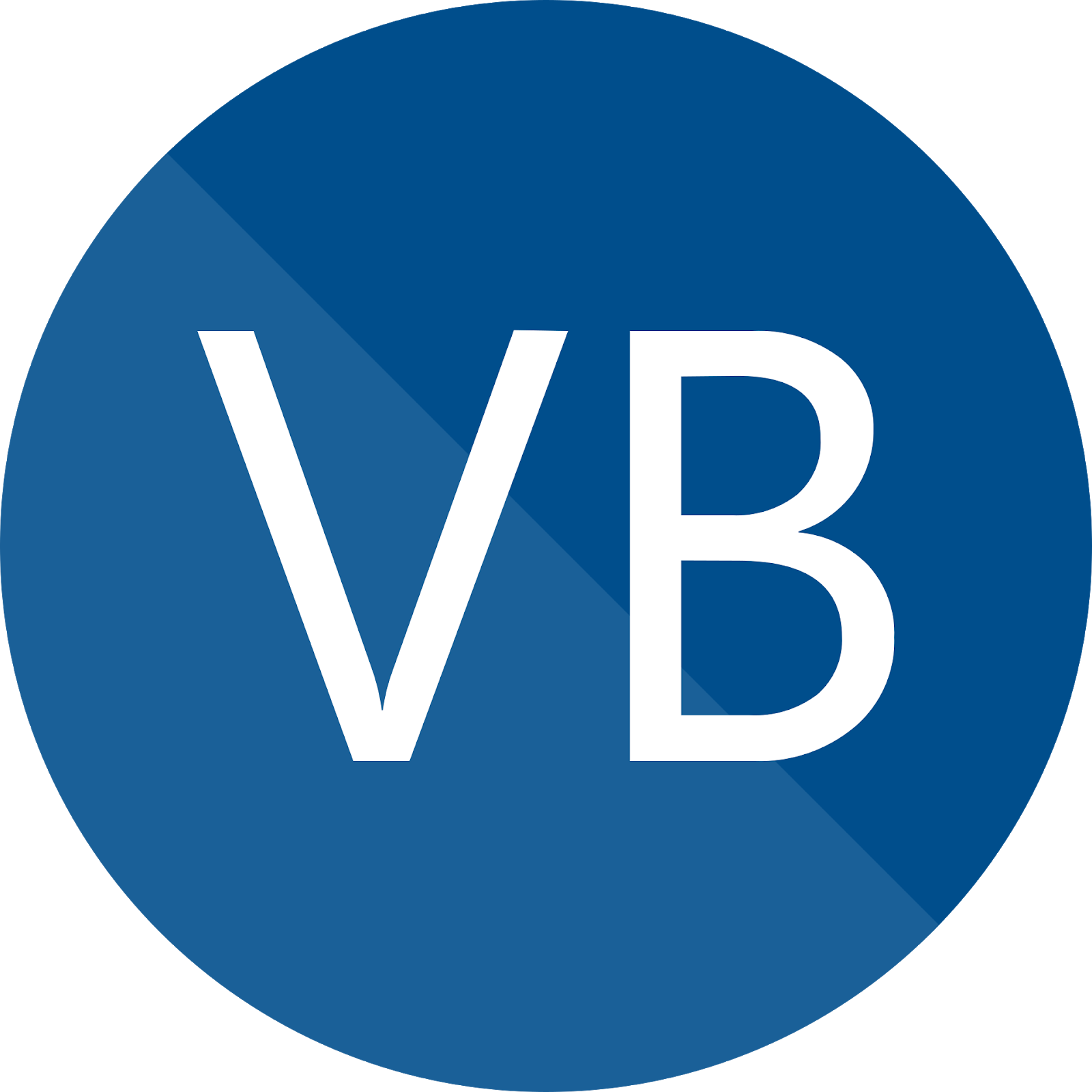Understanding Visual Basic: A Comprehensive Guide
Visual Basic (VB) is a powerful programming language developed by Microsoft, designed for rapid application development (RAD) of graphical user interface (GUI) applications. With its user-friendly interface and straightforward syntax, Visual Basic enables developers to create robust applications for Windows platforms. In this article, we will explore the fundamentals of Visual Basic, its applications, advantages, and much more.
The journey of programming with Visual Basic begins with understanding its core principles and functionalities. As a derivative of the BASIC programming language, Visual Basic has evolved significantly since its initial release in the early 1990s. Today, it remains a vital tool used by developers worldwide for creating desktop applications, web applications, and even mobile apps.
This comprehensive guide aims to provide an in-depth look at Visual Basic, including its history, key features, application areas, and best practices for effective programming. Whether you are a beginner seeking to learn VB or an experienced developer looking to refresh your knowledge, this article will serve as a valuable resource.
Table of Contents
- 1. History of Visual Basic
- 2. Key Features of Visual Basic
- 3. Applications of Visual Basic
- 4. Advantages of Using Visual Basic
- 5. Getting Started with Visual Basic
- 6. Best Practices in Visual Basic Programming
- 7. The Future of Visual Basic
- 8. Conclusion
1. History of Visual Basic
Visual Basic was first introduced in 1991 as a part of Microsoft’s strategy to make programming more accessible to non-programmers. Over the years, it has undergone several iterations, leading to the release of Visual Basic .NET in 2002, which marked a significant shift in its architecture, allowing for object-oriented programming.
1.1 Evolution of Visual Basic
- Visual Basic 1.0: Launched in 1991, it allowed developers to create Windows applications using a graphical interface.
- Visual Basic 6.0: Released in 1998, it provided enhanced features and better integration with Windows applications.
- Visual Basic .NET: Introduced in 2002, it transitioned to a fully object-oriented programming language and integrated with the .NET Framework.
2. Key Features of Visual Basic
Visual Basic offers a range of features that make it appealing to developers, including:
- User-Friendly Interface: The drag-and-drop interface simplifies the design process, allowing developers to create applications visually.
- Rich Library Support: VB provides extensive libraries for various functionalities, ranging from GUI components to data access.
- Object-Oriented Programming: With the introduction of .NET, Visual Basic supports OOP principles, enabling better code organization and reusability.
- Compatibility: VB applications can easily interact with other Microsoft products, such as Excel and Access, enhancing productivity.
3. Applications of Visual Basic
Visual Basic is versatile and can be applied in various domains, including:
3.1 Desktop Applications
- Creating business applications for data management.
- Developing tools for automation and reporting.
3.2 Web Applications
- Building dynamic web applications using ASP.NET.
- Creating web services that can be consumed by various clients.
3.3 Mobile Applications
- Developing mobile applications using Xamarin, which allows the use of VB in cross-platform mobile development.
4. Advantages of Using Visual Basic
There are several advantages to using Visual Basic that contribute to its enduring popularity:
- Rapid Application Development: The ease of use and visual design tools allow for quicker application development.
- Strong Community Support: A large community of developers provides resources, forums, and libraries that can assist newcomers and experienced developers alike.
- Integration with Microsoft Technologies: VB seamlessly integrates with other Microsoft tools, enhancing its functionality and usability.
5. Getting Started with Visual Basic
To begin programming in Visual Basic, follow these steps:
- Install Visual Studio: Download and install Visual Studio, which includes Visual Basic as one of its supported languages.
- Create a New Project: Start a new project using the template for Visual Basic applications.
- Design Your Interface: Use the drag-and-drop tools to create your application's user interface.
- Write Your Code: Utilize the code editor to write the logic for your application, implementing event-driven programming.
6. Best Practices in Visual Basic Programming
To enhance the quality and maintainability of your Visual Basic applications, consider these best practices:
- Keep your code organized by using modules and classes effectively.
- Comment your code to improve readability and maintainability.
- Use error handling to manage exceptions and prevent crashes.
- Test your application thoroughly to ensure it meets user requirements.
7. The Future of Visual Basic
As technology continues to evolve, Visual Basic adapts to meet new demands. With the growing popularity of .NET Core and cross-platform development, Visual Basic remains relevant. Microsoft continues to support VB in Visual Studio, and its integration with modern frameworks ensures that it will remain a valuable tool for developers.
8. Conclusion
Visual Basic is a robust programming language that has stood the test of time, evolving with the needs of developers. Its user-friendly interface, combined with powerful features, makes it an ideal choice for both beginners and seasoned programmers. We encourage you to explore Visual Basic further, experiment with its features, and consider how it can enhance your development projects.
If you have any questions or would like to share your experiences with Visual Basic, please leave a comment below. Don't forget to share this article with others who might find it useful!
Thank you for reading, and we hope to see you back here for more programming insights and tutorials!
Where To Watch Indiana Fever Vs Dallas Wings: A Complete Guide
Everything You Need To Know About Reba Cast: A Comprehensive Guide
Elijah Blue Allman: The Life And Legacy Of Cher's Son


